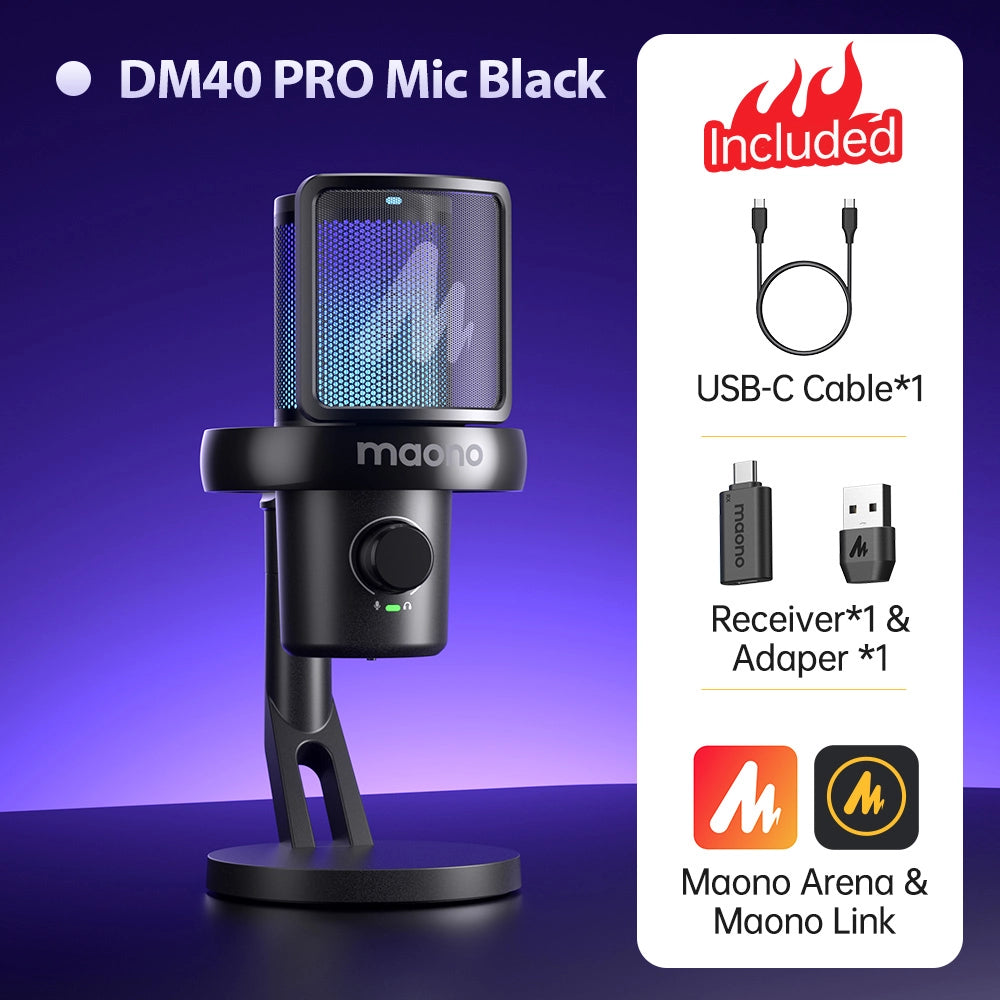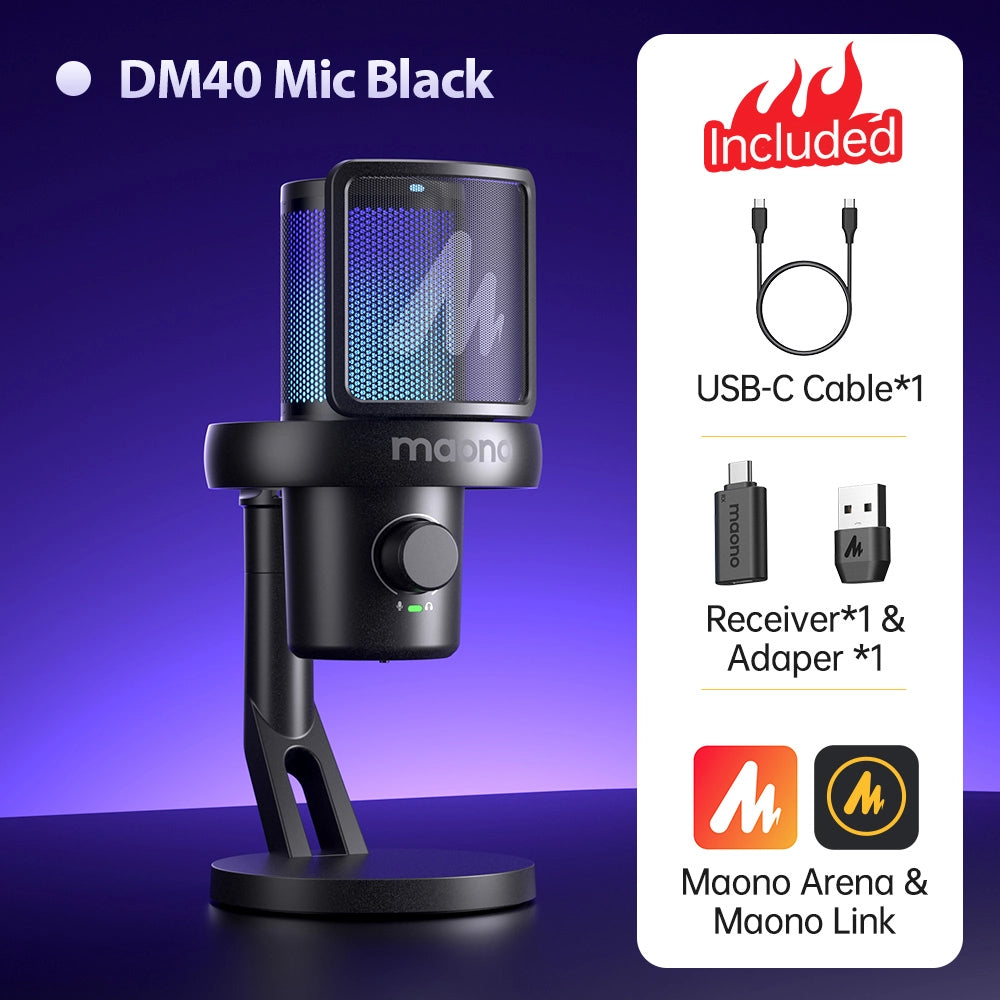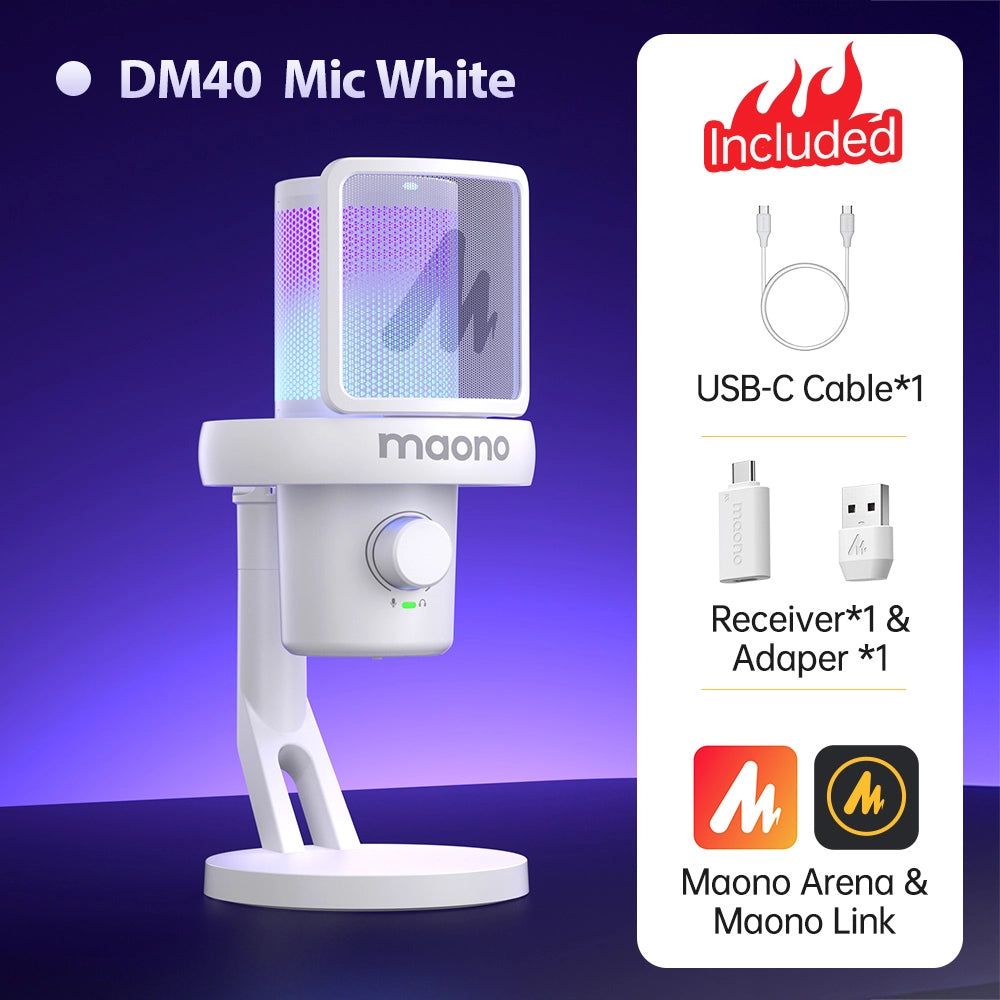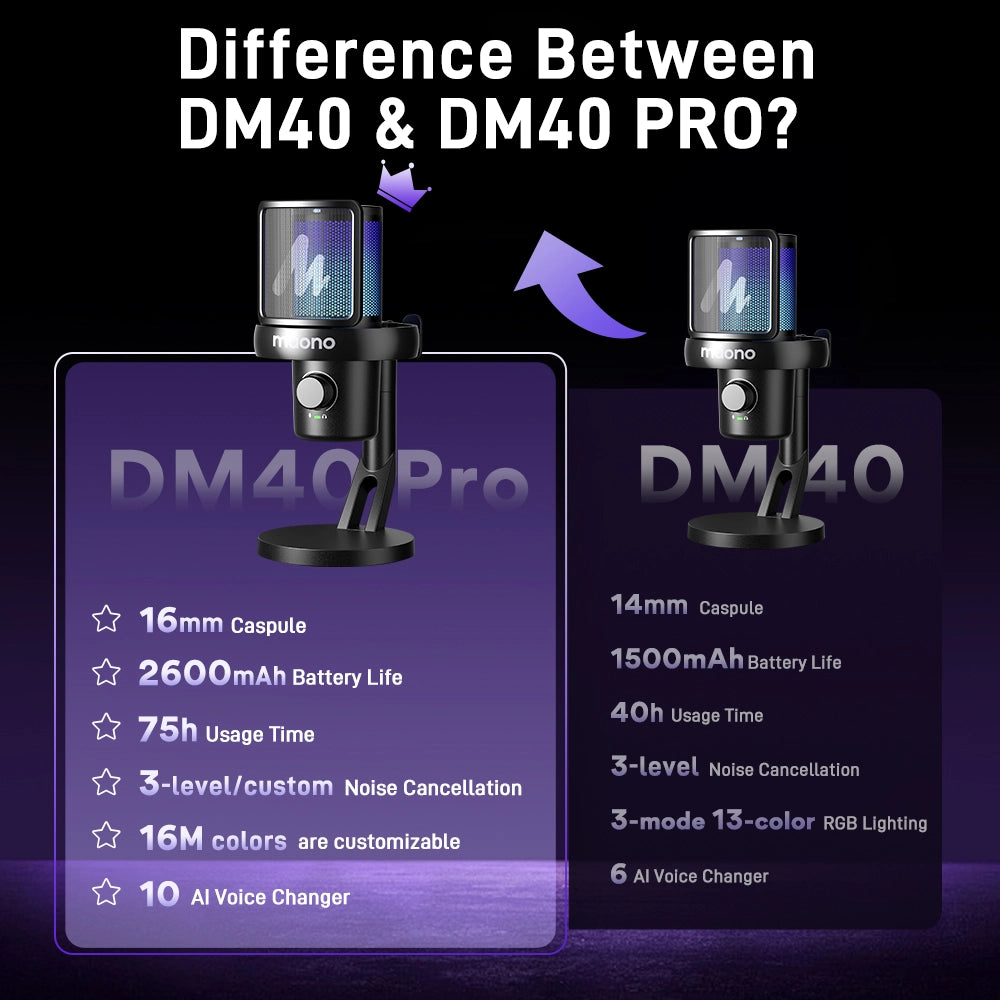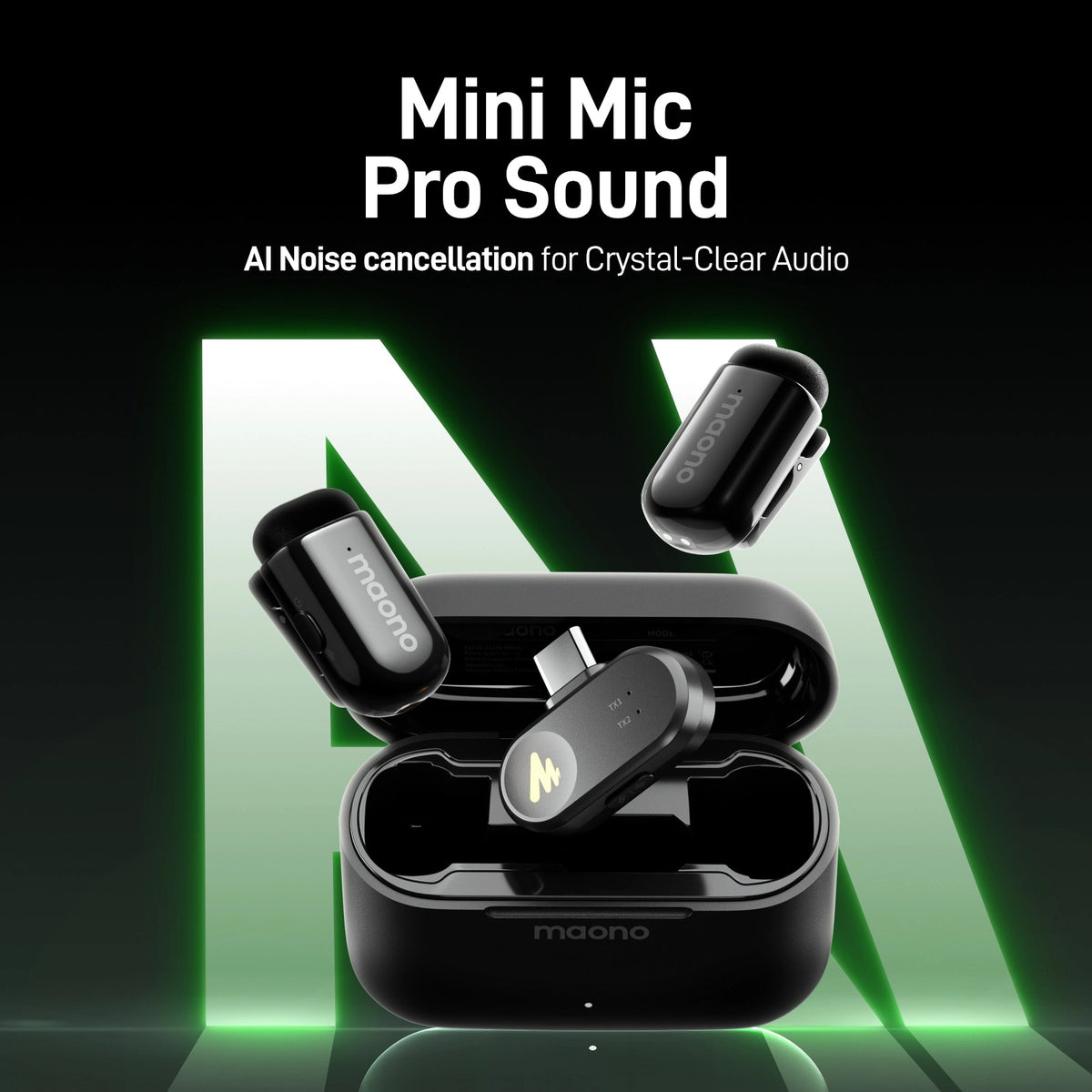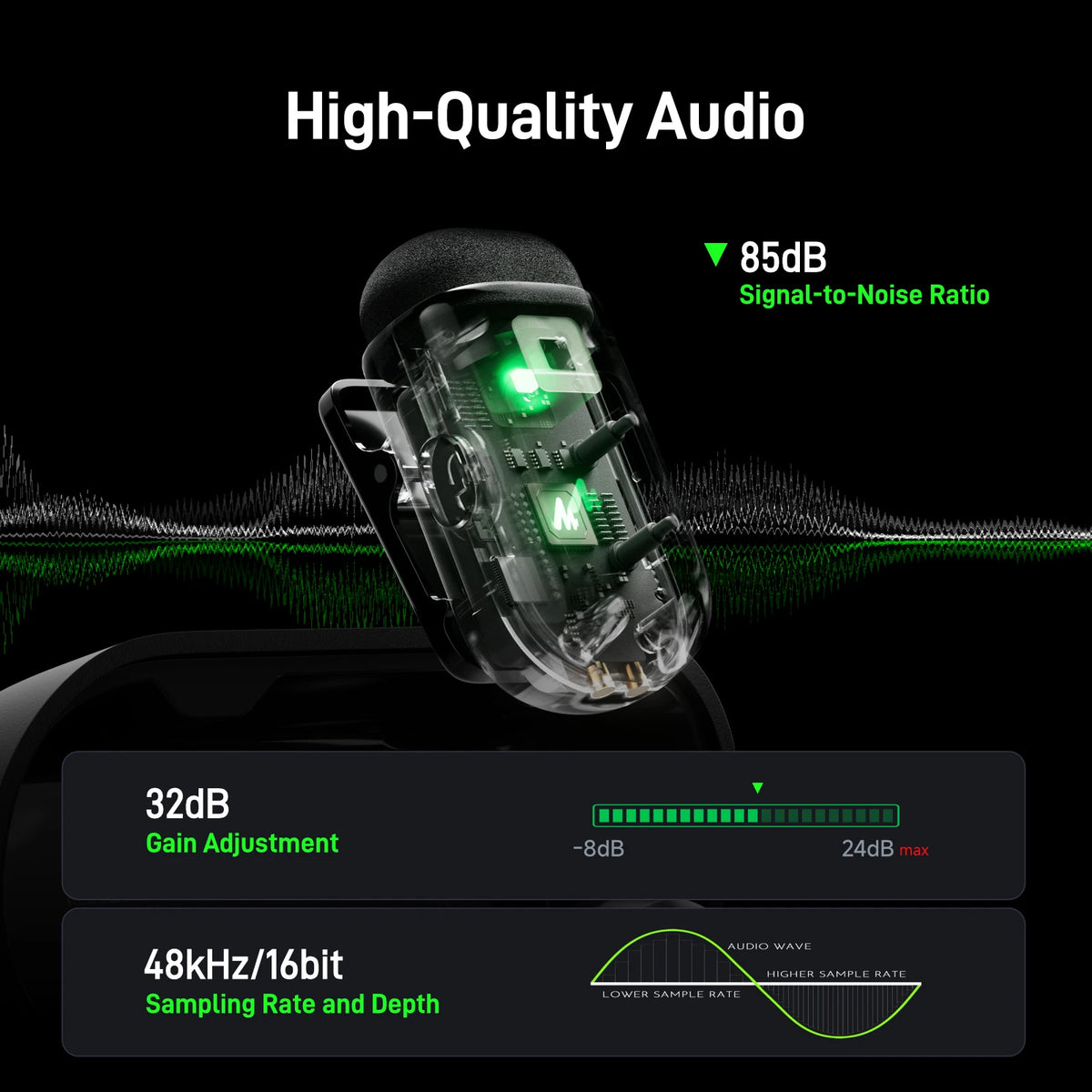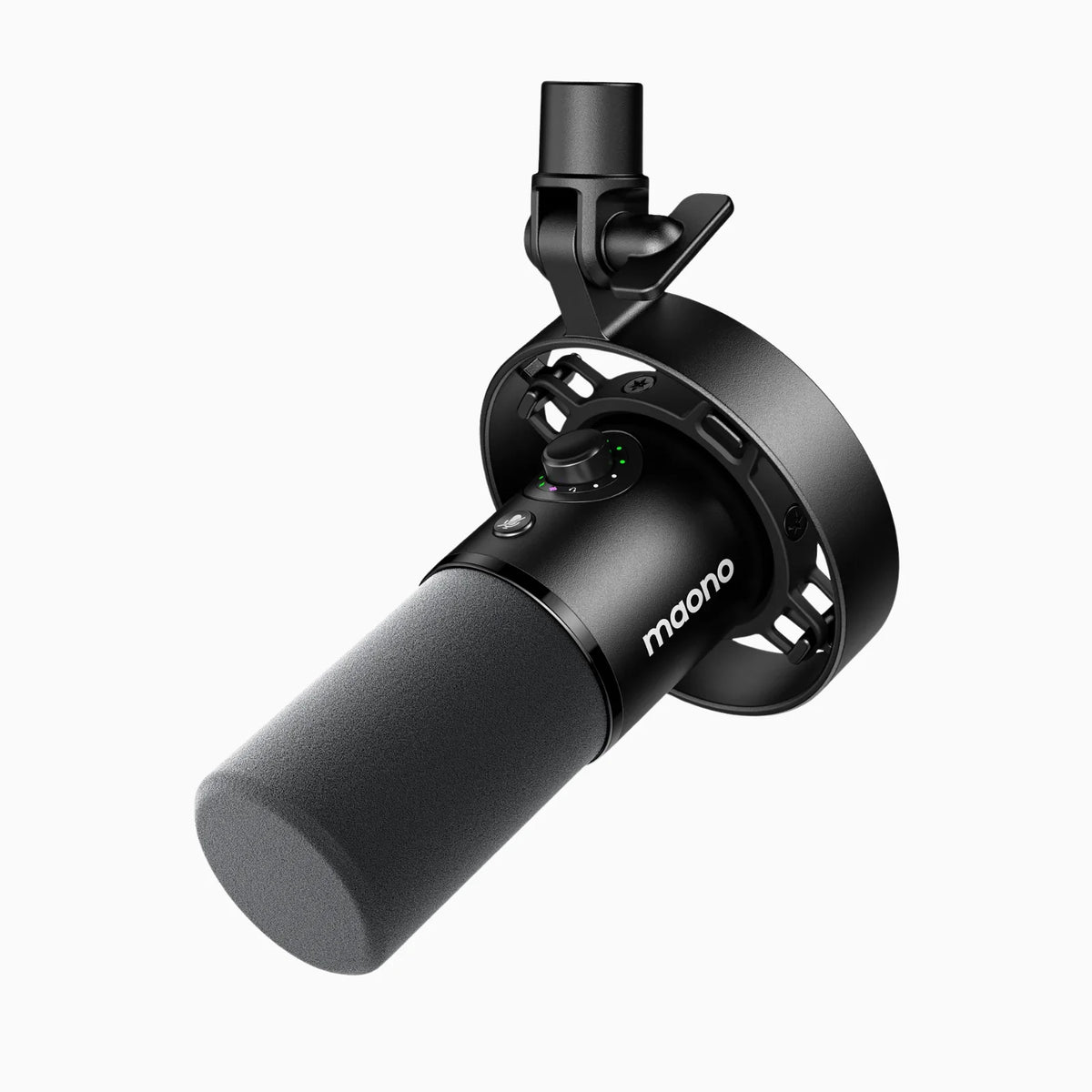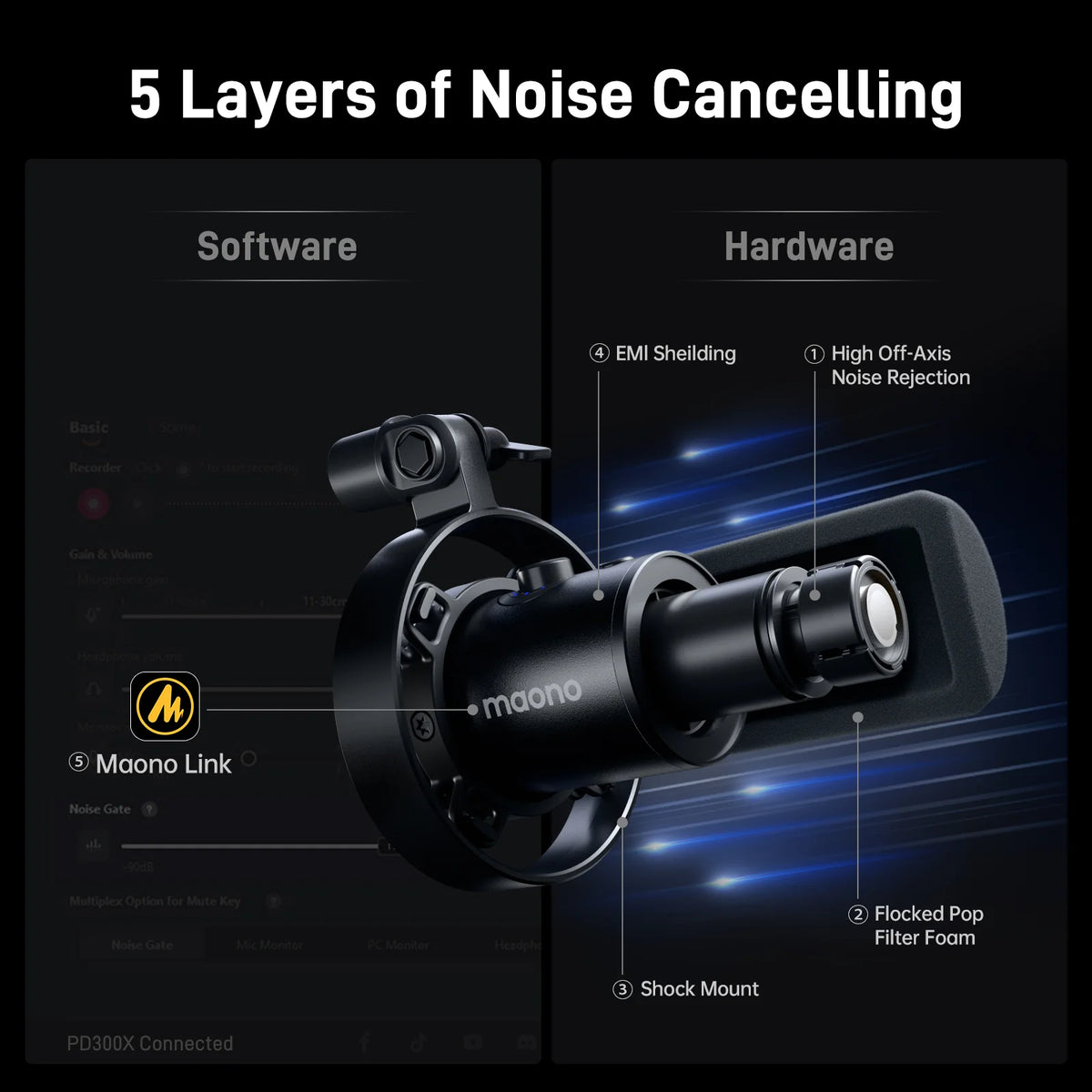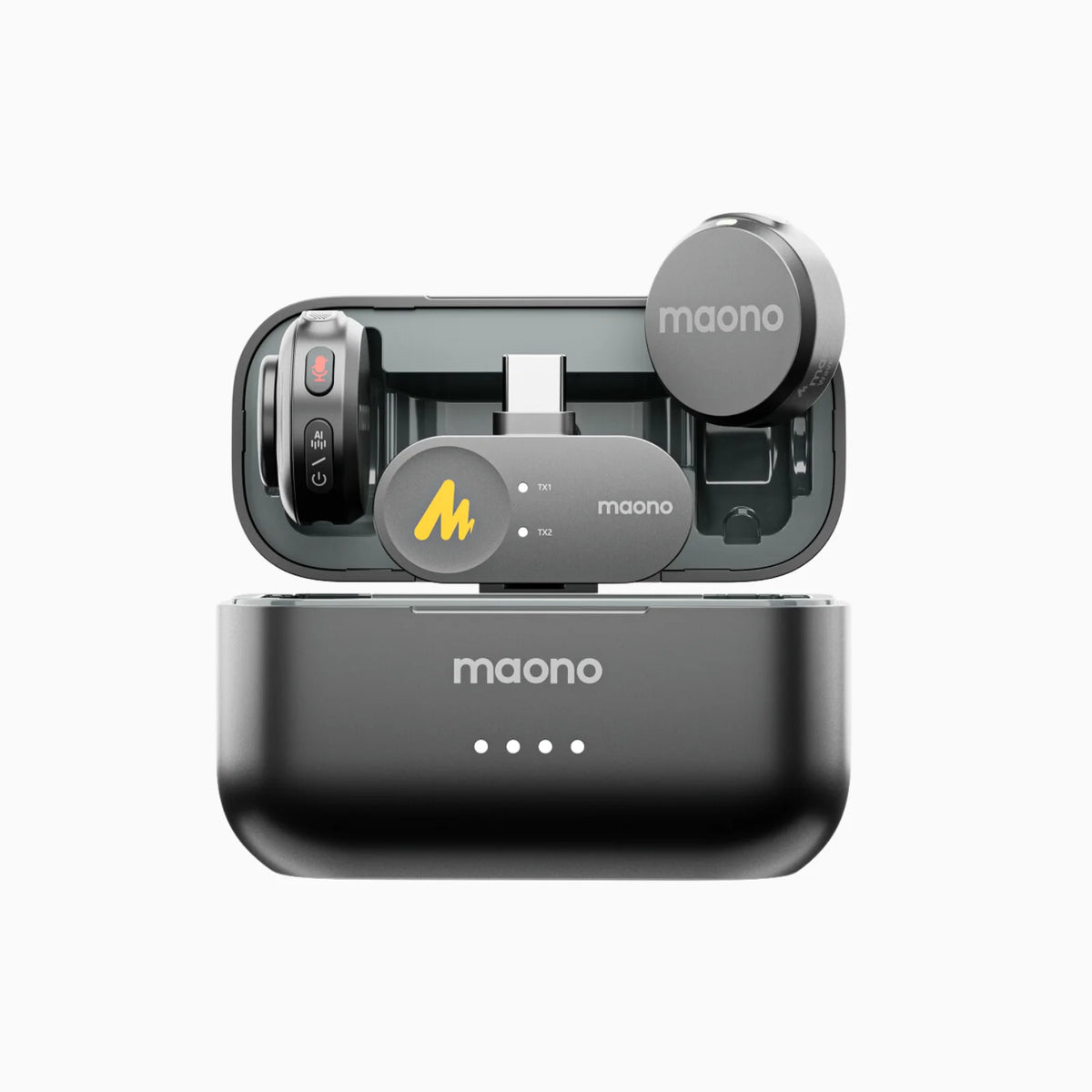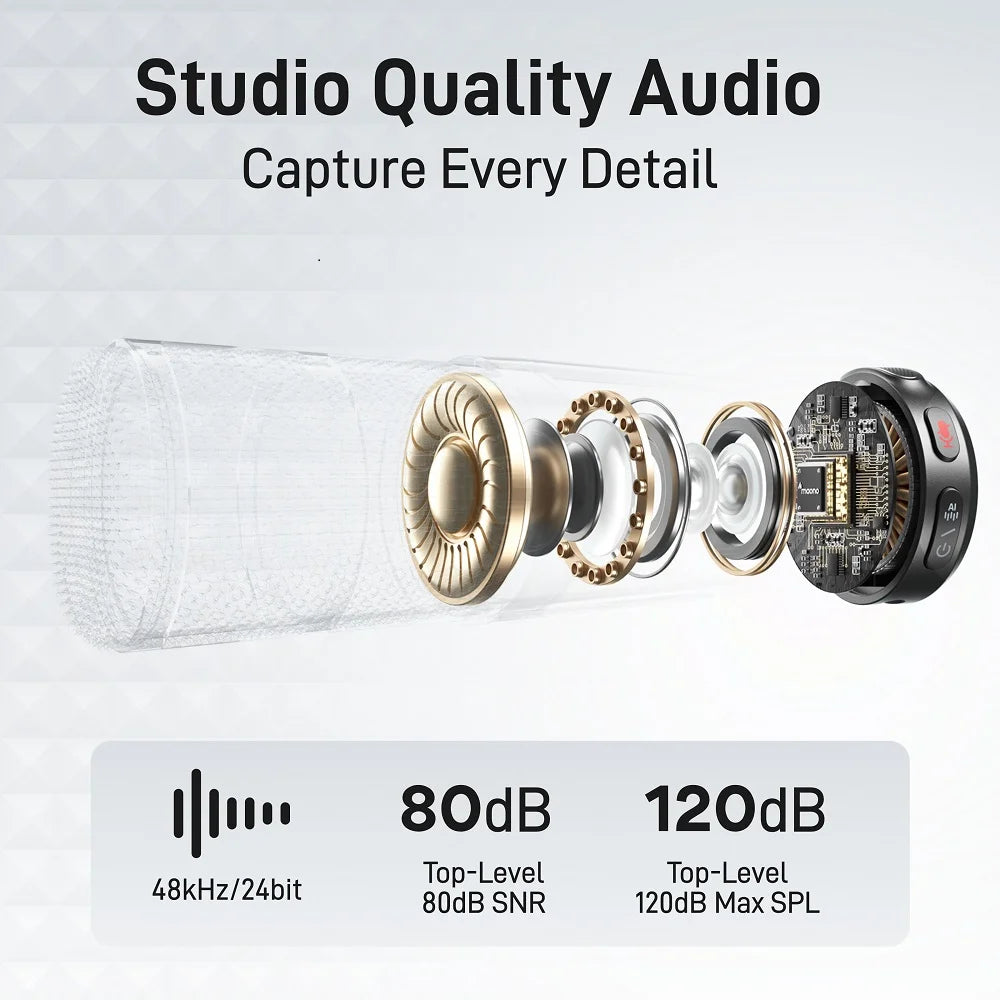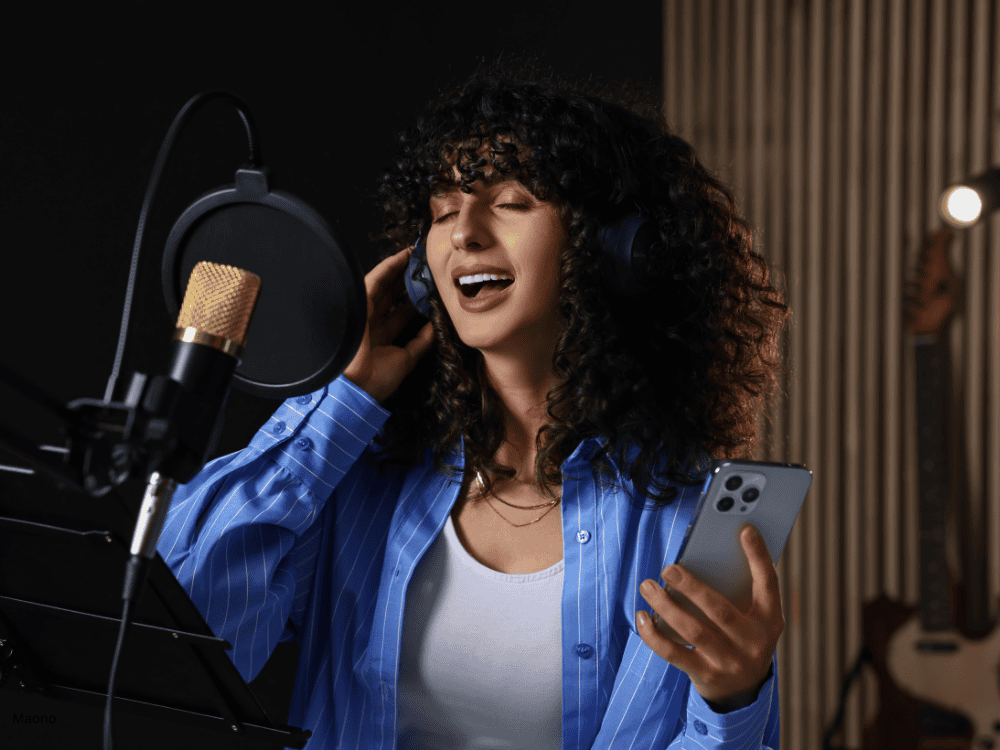Are you tired of background noise ruining your recordings? Want to capture crystal-clear audio without the hassle of complex setups? Look no further! This guide will introduce you to cardioid microphones, a game-changer for anyone serious about high-quality audio.
Cardioid Condenser Microphone Meaning:
A cardioid condenser microphone is a type of microphone that captures sound predominantly from the front while minimizing sound from the sides and rear. “Cardioid” refers to the microphone’s heart-shaped polar pattern, designed to pick up sound in a focused manner. This makes it particularly useful in various recording environments where background noise and unwanted sound capture must be minimized.
A cardioid studio condenser microphone combines the directional sensitivity of a cardioid pattern with the detailed sound capture capabilities of a condenser microphone. Condenser microphones are known for their high sensitivity and wide frequency response, making them ideal for capturing the nuances of vocals and instruments. When paired with a cardioid pattern, they become excellent choices for studio recording, providing clarity and isolation from ambient noise. In this article, we will explore the uses of a cardioid microphone, learn about the various pickup patterns, and find good examples of microphones with a cardioid pattern.
Cardioid Microphone Uses
Cardioid microphones are versatile tools in both studio and live sound environments. Here are some of their primary uses:
Vocal Recording: Due to their directional pickup pattern, cardioid microphones are ideal for capturing vocals. They focus on the sound source in front of them while rejecting sounds from the sides and rear, reducing room noise and echo.
Instrument Recording: These microphones are excellent for recording individual instruments. Whether it’s a guitar, piano, or drums, the cardioid pattern ensures that the microphone picks up the instrument’s sound while minimizing bleeding from other instruments.
Podcasting and Streaming: Cardioid microphones are a popular choice for podcasters and streamers. Their ability to isolate the speaker’s voice from background noise makes them perfect for creating clear and professional-sounding content.
Live Sound: In live sound applications, cardioid microphones help reduce feedback by focusing on the sound source and rejecting noise from other parts of the stage.
Cardioid Patterns
The cardioid pattern is defined by its sensitivity to sound from different directions. Here’s a closer look at how it works:
Front: The microphone picks up sound from the front, where it has the highest sensitivity.
Sides: The sensitivity drops off gradually towards the sides, making it less likely to capture unwanted noise from these angles.
Rear: The rear is almost completely rejected, with minimal sound pickup, reducing the chances of feedback and noise interference.
This design makes the cardioid pattern particularly useful in environments where isolating the sound source is crucial.
How Does the Sound Quality of Cardioid Microphones Compare to Other Pickup Patterns or Other Mics?
Cardioid microphones are known for their excellent sound quality, but how do they stack up against other pickup patterns and microphones? Here’s a comparison:
Compared to Omnidirectional Microphones: Omnidirectional microphones pick up sound equally from all directions. While they are great for capturing a full room sound, they can also pick up unwanted noise and ambient sounds. In contrast, cardioid microphones are focused and reject off-axis noise, making them ideal for isolation.
Compared to Figure-8 Microphones: Figure-8 microphones pick up sound from the front and rear but reject sound from the sides. While they are excellent for certain stereo techniques, they are less suited for applications where noise isolation is needed, unlike cardioid microphones.
Compared to Other Polar Patterns: Cardioid microphones generally offer a balanced approach, providing good sound quality while minimizing unwanted noise. Other polar patterns like supercardioid and hypercardioid provide even more directional sensitivity but at the cost of some noise pickup from the sides and rear.
Which Maono Cardioid Microphone is Best for Home Recording or Studio Use?
Maono offers several excellent cardioid microphones tailored for different recording needs. Here are some of the top picks:
1. Maono A04
Maono A04 is a USB condenser microphone is perfect for home recording and streaming. It features a cardioid pattern that ensures clear and focused sound capture. With its plug-and-play design, it’s easy to set up and use, making it ideal for beginners and professionals alike.
2. Maono PM422
Designed for studio use, the Maono PM422 offers exceptional sound quality with its cardioid condenser capsule. It’s equipped with a built-in headphone jack for real-time monitoring and features a robust build, making it suitable for both home studios and professional settings.
3. Maono HD300T
Maono HD300T is a dynamic cardioid microphone USB mic is perfect for those who need a reliable and durable option. Its cardioid pattern effectively isolates the sound source, making it ideal for recording vocals and instruments with minimal background noise.
FAQs
1. What is a Cardioid Microphone?
A cardioid microphone is a type of microphone with a directional pickup pattern that captures sound primarily from the front while reducing noise from the sides and rear. This pattern is shaped like a heart, hence the name “cardioid.”
2. How Do Cardioid Microphones Pick Up Sound?
Cardioid microphones pick up sound through a capsule that is most sensitive to sound coming from the front. The design of the microphone’s diaphragm and its internal components are engineered to minimize sound capture from the sides and rear, focusing on the sound source in front.
3. Does a Cardioid Microphone Need Phantom Power?
Most cardioid condenser microphones require phantom power to operate. This power is usually supplied by an audio interface or a mixer with phantom power capabilities. Dynamic cardioid microphones, on the other hand, do not require phantom power.
4. What Are Some Good Cardioid Microphones Under $100?
There are several great options for budget-conscious buyers:
- Maono A04: A USB condenser microphone with excellent sound quality and ease of use.
- Audio-Technica AT2020: A popular choice for its clarity and affordability.
- Samson Q2U: is a good cardioid microphone XLR mic that’s dynamic type and offers both USB and XLR connectivity.
5. What Are the Advantages of Using a Cardioid Microphone?
- Noise Isolation: Cardioid microphones effectively isolate the sound source, reducing unwanted background noise.
- Feedback Reduction: Their design minimizes the risk of feedback, making them ideal for live performances.
- Versatility: Suitable for a wide range of applications, from vocal and instrument recording to podcasting and streaming.
6. Why Are Cardioid Microphones So Popular?
Cardioid microphones are popular because they offer a great balance of sound quality and noise rejection. Their directional pickup pattern makes them versatile for various cardioid recording environments, from studio recording to live sound applications. Additionally, they are easy to use and provide excellent results with minimal setup.

Conclusion
Cardioid microphones are a staple in the world of audio recording, renowned for their ability to capture clear, focused sound while minimizing unwanted noise. Whether you’re a budding musician, a seasoned podcaster, or a live sound engineer, understanding the benefits and features of cardioid microphones can significantly enhance your audio recordings.
Maono’s range of cardioid microphones, such as the Maono A04, PM422, and HD300T, offers excellent options for different recording needs. These microphones are designed to provide top-notch sound quality, ease of use, and durability, making them a great choice for both beginners and professionals.
With their superior noise isolation, feedback reduction, and versatility, cardioid microphones continue to be a go-to choice for many in the audio recording industry. Explore Maono’s lineup to find the perfect cardioid microphone to elevate your audio recordings and unleash your full audio potential.










